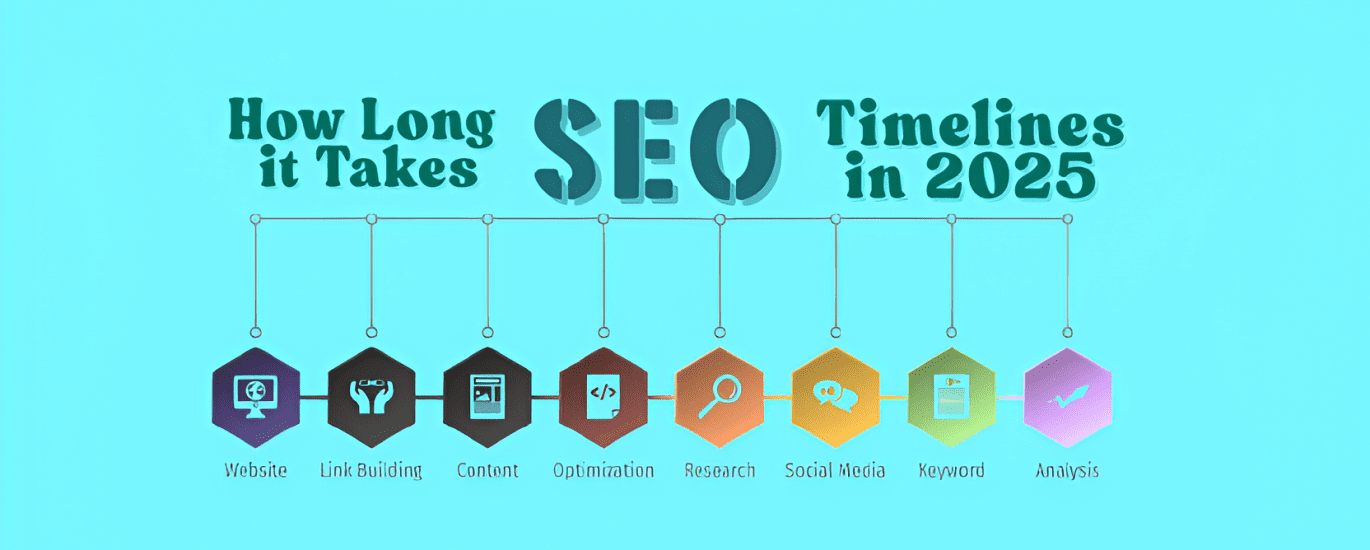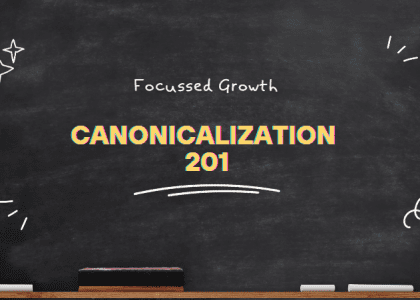Search Engine Optimization (SEO) is a cornerstone of digital marketing, yet its timelines often lead to confusion and unrealistic expectations. Businesses frequently approach SEO with preconceived notions about how quickly results should appear, which can either undermine their trust in the process or set them up for disappointment.
By understanding the common misconceptions about SEO timelines and the factors that influence them, companies can better align their strategies with reality and achieve sustainable success.
Common Misconceptions About SEO Timelines
When discussing SEO timelines, two opposing myths frequently emerge:
It Takes an Extremely Long Time
Some believe that SEO is a slow-moving process that takes years to yield tangible results. This misconception often discourages businesses from investing in long-term strategies, as they assume the effort won’t pay off for a considerable period.It Delivers Instant Results
On the other hand, some expect immediate results from SEO efforts, believing their website will skyrocket to the top of search rankings within weeks. This myth is often perpetuated by agencies that overpromise quick wins without delivering sustainable outcomes.
The Reality
The truth lies somewhere between these extremes. SEO is neither an overnight fix nor an indefinite waiting game. The timeline for results depends on several factors, including industry competition, website authority, and resource allocation. For instance, law firms—operating in a highly competitive niche—may take longer to rank on the first page compared to less competitive industries like local roofing services.
Factors That Influence SEO Timelines
Several variables impact how quickly businesses see results from their SEO efforts, and each plays a critical role in determining the timeline for success. Understanding these factors is essential for setting realistic expectations and crafting an effective SEO strategy. From the competitiveness of your industry to the quality of your content, every element contributes to the pace at which your website can climb search engine rankings.
1. Industry Competition
Highly competitive industries require more time and effort to achieve top rankings due to the sheer number of established players vying for visibility. For example, ranking for keywords like “personal injury lawyer” in a major city will take longer than targeting niche terms in less saturated markets.
2. Website Age and Authority
Older websites with established domain authority tend to rank faster than brand-new sites. Search engines trust websites that have consistently published content and built backlinks over time.
3. Content Quality
Search engines prioritize high-quality content that addresses user intent. Regularly publishing valuable, optimized content signals activity and relevance, accelerating rankings.
4. Technical SEO
A well-optimized website with fast loading speeds, mobile responsiveness, and proper indexing can significantly reduce the time it takes for search engines to rank pages.
5. Backlink Profile
Building a strong network of quality backlinks is essential for improving domain authority and rankings. However, this process requires time and consistency to avoid penalties from search engines.
6. Keyword Difficulty
Targeting highly competitive keywords will naturally take longer than focusing on niche or long-tail keywords. For example, competing globally for “SEO services” is far more challenging than targeting “SEO services in Indianapolis.”
What Should You Expect From SEO Over Time?
SEO is a strategic, long-term investment that delivers measurable results when executed systematically. Businesses embarking on this journey can expect to see progress through predictable stages, each building upon the previous one. Here’s an overview of what businesses can anticipate over time:
Months 1-3: Laying the Foundation
The initial phase focuses on research and technical improvements:
Conducting keyword analysis.
- Conducting thorough competitor research.
Fixing technical issues like broken links or slow page speeds.
Publishing foundational content tailored to target audiences.
- Creating a content strategy to outrank your competitors.
While direct results may not be immediately visible during this stage, these efforts build the groundwork for future growth.
Months 4-6: Gaining Traction
By this point:
Rankings for targeted keywords should begin improving.
Organic traffic may show moderate growth.
Lead generation activities like form submissions or calls may start increasing.
- Website sessions should start climbing.
This phase is critical for monitoring progress through detailed reports provided by your SEO specialist.
Months 6-12: Achieving Noticeable Results
After six months:
Businesses should see significant improvements in organic traffic and keyword rankings.
Conversions such as calls or bookings should increase noticeably.
- Higher conversion rates
Competitive industries may begin ranking for tougher keywords.
By the end of one year, it should be clear whether your SEO strategy is delivering a positive return on investment (ROI).
Why Do Some Businesses Fail With SEO?
Despite its potential for high ROI, some businesses fail to benefit from SEO due to inconsistent efforts or unrealistic expectations. Common pitfalls include:
Switching agencies too frequently without allowing strategies to mature.
Expecting instant results and abandoning campaigns prematurely.
Underestimating the importance of long-term commitment while competitors continue investing in their own SEO efforts.
If you’re hesitant about committing to at least six months of consistent work, consider why your competitors are investing heavily in SEO—and how many clients they might be capturing from search engines as a result.
How to Maximize Your Success With SEO
To ensure your investment in SEO pays off:
Set Realistic Expectations
Understand that SEO requires patience but delivers substantial rewards when approached strategically.Partner With Reliable Agencies
Work with experienced professionals who provide transparent reporting and avoid overpromising instant results.Monitor Progress Regularly
Use tools like Google Analytics 4 and Google Search Console to track metrics such as organic traffic growth, keyword rankings, and lead generation.Commit Long-Term
Treat SEO as an ongoing strategy rather than a short-term project. Continuous updates are necessary to maintain rankings and adapt to algorithm changes.
Conclusion
Misconceptions about SEO timelines—whether it’s believing it takes forever or expecting instant results—can hinder businesses from fully leveraging its benefits. The reality is that SEO requires consistent effort but delivers substantial rewards over time when done correctly.
By understanding the factors influencing timelines and setting realistic expectations, businesses can craft effective strategies that lead to sustainable growth in visibility, traffic, and revenue. Patience paired with strategic execution ensures that your investment in SEO yields lasting success—and keeps you ahead of competitors who might still be chasing shortcuts.
If you found any of these useful, schedule a free strategy session with us to go over your business and marketing opportunities!





